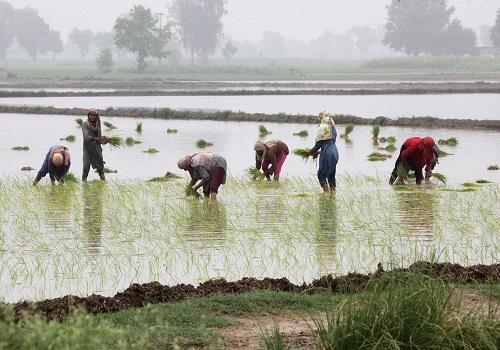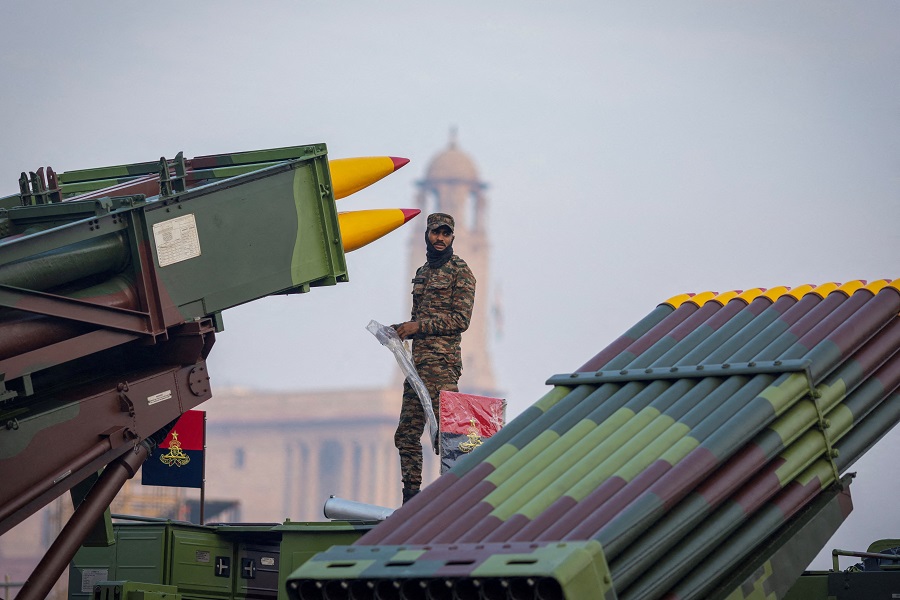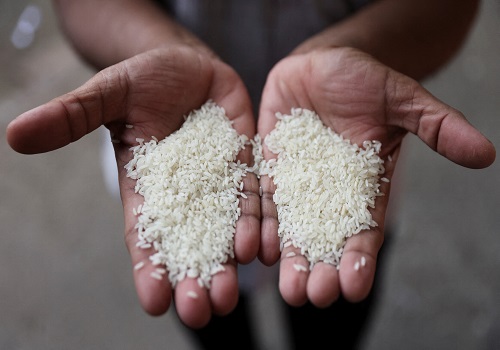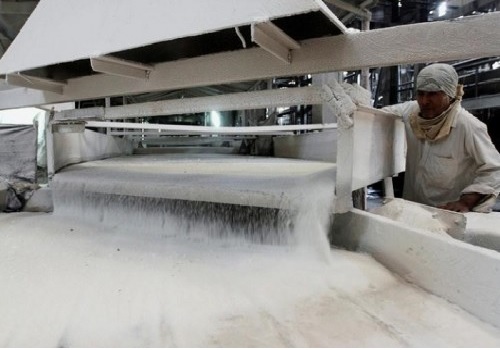Kharif Sowing Surges by 32% Amid Early Monsoon and High Crop Prices by Amit Gupta, Kedia Advisory

Kharif sowing in India has surged by 32% this year, driven by an early monsoon and high prices for pulses, maize, and soyabean. Despite a 14% deficiency in rainfall, farmers are shifting towards more profitable crops. Karnataka is seeing significant changes in crop patterns. Water storage remains low, leading farmers to rely on groundwater.
Highlights
Increase in Kharif Sowing: Kharif sowing has significantly increased, with a rise of 32% in acreage compared to the same period last year. This increase is driven by the early arrival of the monsoon and farmers' preference for pulses, maize, and soyabean.
Impact of Early Monsoon: The early onset of the monsoon on May 30 has positively impacted kharif sowing. Last year, the monsoon arrived late on June 25 and was affected by El Nino, leading to below-average rainfall.
Pulses and Maize Popularity: The area under pulses like arhar (pigeon pea), urad (black matpe), and moong bean (green gram) has increased significantly. Maize has also seen a rise in acreage due to high market prices.
Monsoon Deficiency: Despite the early onset, the monsoon is 14% below normal as of June 28. Over half of the 724 districts in India are experiencing deficient or largely deficient rainfall, impacting overall sowing conditions.
Price Influence on Crop Choice: High prices of pulses and maize have influenced farmers' crop choices. Retail prices for arhar and urad have increased significantly compared to last year, leading to a shift towards these crops.
Karnataka's Sowing Trends: Karnataka is witnessing significant changes with increased sowing of urad, arhar, moong, and maize. These changes are attributed to current market prices and potential future price trends.
Government Measures and Farmer Reaction: Recent government measures, including permitting maize imports and allowing duty-free imports of pulses, could influence farmers' decisions. Stock limits have also been imposed, and their impact remains to be seen.
Shree Anna and Coarse Cereals: Maize acreage has nearly trebled, and jowar (sorghum) coverage has increased, while bajra (pearl millet) acreage has significantly decreased compared to last year.
Soyabean and Groundnut Dynamics: Soyabean sowing has surged among oilseeds, but groundnut coverage lags behind. Reports suggest some farmers might shift from soyabean or cotton to groundnut, particularly in Gujarat.
Water Storage Concerns: Despite increased sowing, water storage in major reservoirs has declined to 20% of their total capacity. Farmers are relying on groundwater, hoping for an above-normal monsoon as predicted by the India Meteorological Department (IMD).
Conclusion
The early onset of the monsoon and high crop prices have significantly boosted kharif sowing in India, with a notable shift towards pulses and maize. However, the monsoon's 14% deficiency and low water storage in reservoirs present challenges. Farmers' reliance on groundwater underscores the critical need for above-normal rainfall, as predicted by the IMD, to sustain this momentum. Future developments, including government measures on imports and stock limits, will further shape the agricultural landscape.
Above views are of the author and not of the website kindly read disclaimer










Tag News

Perspective on the IIP Data by Ms. Rajani Sinha, Chief Economist, CareEdge Ratings













